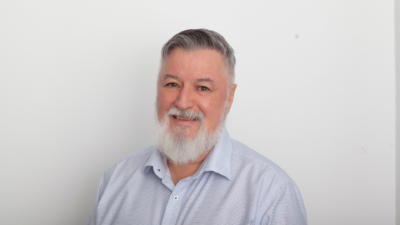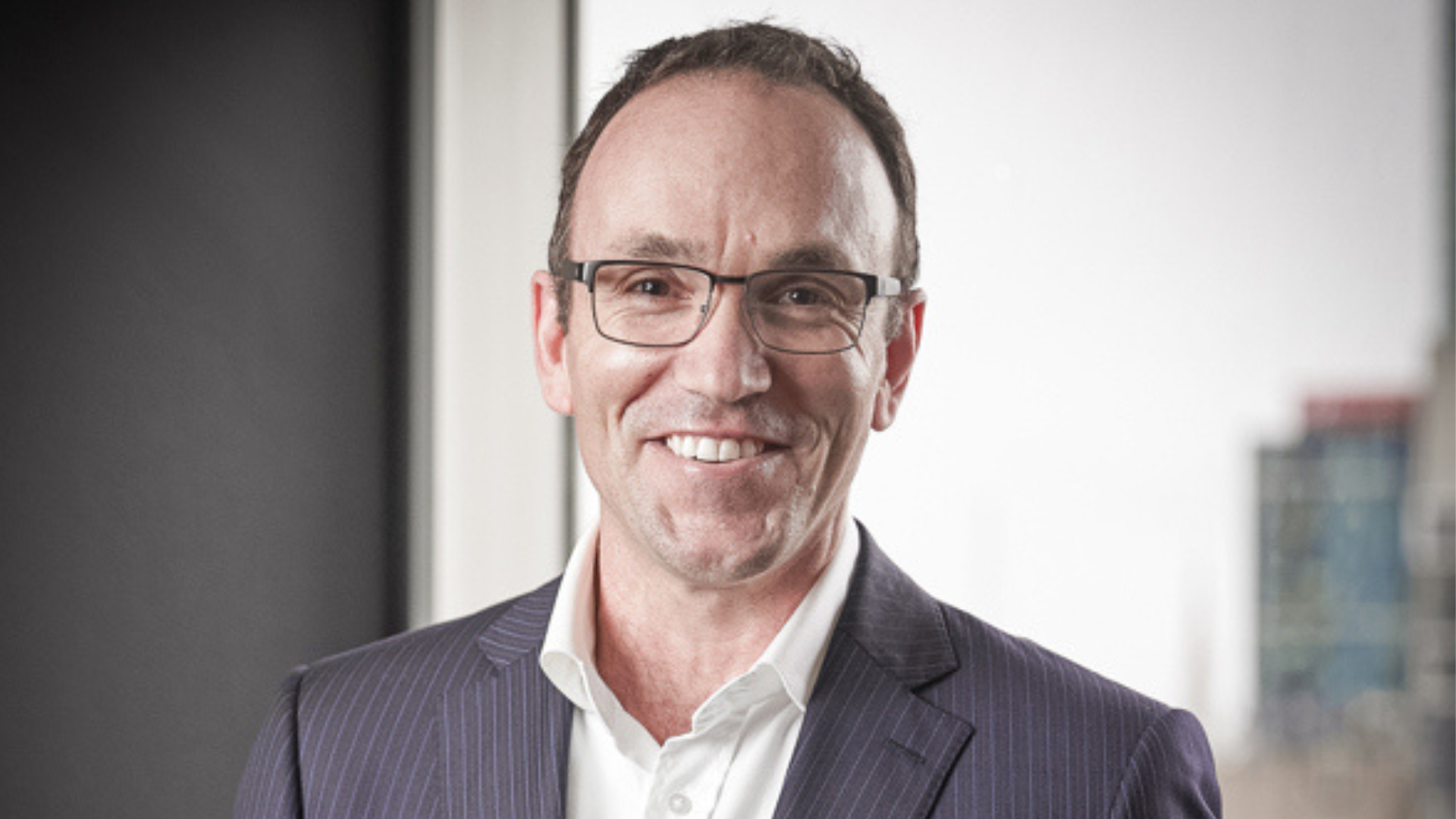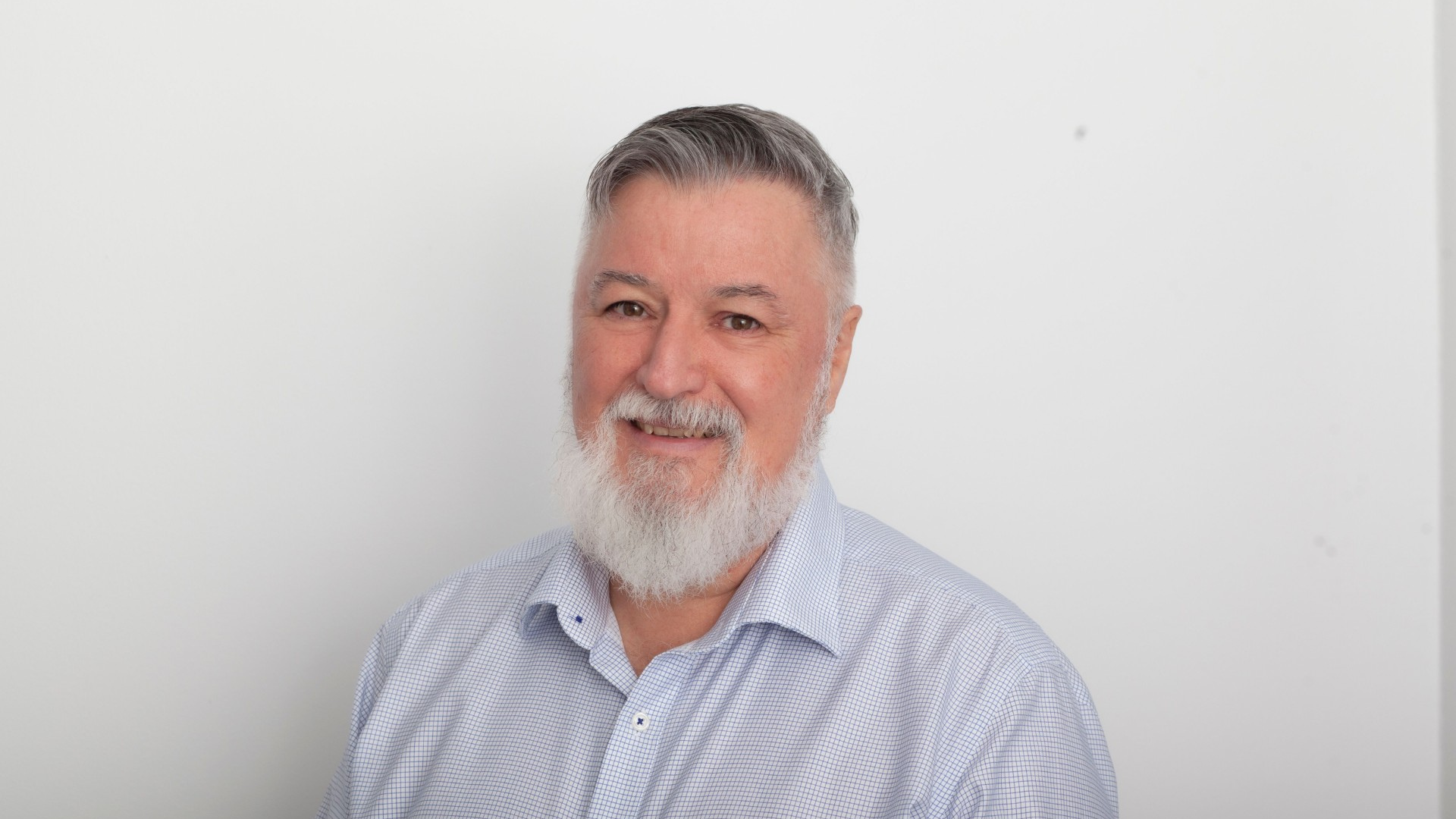Cuffe rescues impact investing debate for super funds
Chris Cuffe
When it all seemed to be getting bogged down in definitional discussions at the inaugural Impact Investing Summit – especially where super funds and other fiduciary investors were concerned – Chris Cuffe rode to the rescue.
Cuffe, the chair of UniSuper, philanthropist and former driving force behind the creation of Colonial First State through the 1990s and early 2000s, told the conference that, while impact investing might still be a niche thing, super funds already owned assets which could be considered ‘impact investing’.
“We can’t do any favours to society by saying that an investment has a great social benefit and that we will invest in it as a feel good thing,” he said. “But that’s not to say that none of the investments that we have some would say would be an impact investment.” he said. Green-rated buildings were a good and current example.
More than 200 people attended the Asia Pacific conference, held in Sydney October 19-20, including a sprinkling of institutional investors alongside many foundation and charity trustees and professional management.
Among the institutional investors, Richard Brandweiner, who is a director of Impact Investing Australia and noted supporter of the cause, as well as being CIO of the $60 billion First State Super Fund, almost spoiled the party before expanding on the topic.
He said impact investing did not exist as an asset class. There was currently no noteworthy conversation to be had at a board level because the investments were far too small, far too illiquid and lacked intermediaries,”
“But many of us are trying to change that, we are trying to introduce the discussion around the board table, to start building awareness and to look at the proactive role that trustees can have in the community.”
He said that the key for super funds to look at impact investing was to “create structures that deliver both market based financial returns and social outcomes”.
Brandweiner noted that super fund trustees had a fiduciary obligation to pursue financial returns for members and that this is sometimes seen as an impediment to impact investing.
“But if you can satisfy the financial returns, then it is not inconsistent to the trustee obligations,” he said, adding: “there is a deeper thing – the Sole Purpose Test, that defines the obligations of superannuation trustees was defined when the size of the super system was negligible compared to the rest of the economy.”
According to Financial Standard, Brandweiner then said: “The extraordinary volume of capital in super is going to have an impact. The deployment of that capital is going to have second and third order ramifications that will flow back to other parts of the portfolio and impact the environment in which our members are going to retire.”
Things like spending on health, security, transport, food will be impacted.
Kristian Fok, a former deputy chief executive of Frontier Advisors and currently the head of investment strategy at Cbus, said that a lot of funds, which had grown from small to large in a relatively short space of time, now realized they had a reputation to protect around what they did.
Cbus is a very interesting example of impact investing of a different sort. Cbus, which represents mainly building and construction workers and their families, has for a longf time been the most overweight to property of any big fund in Australia, possibly the world. it even has its own property development company.
When challenged on the “double risk” aspect of this – whereby members are likely to require more in drawdowns at a time when that industry is in a cyclical decline and therefore the fund’s returns are lower – successive CEOs, including the current David Atkin, have always responded: “but the members love it”. It’s hard to argue against that.
In a similar vein, Christian Super, a $1 billion fund, has aligned its investments program with the values of its members, which it can clearly define as Christian. The fund has invested in both the NSW Government’s social impact funds, with reasonable success, and is active in looking for other opportunities of a similar nature.
As far as all the foundations present at the conference, go – and there were a lot of them – the definitions and more esoteric discussion about impact investment and where it might sit within an investment portfolio did not really matter. They wanted the bulk of their money to make a difference.
Their main issue is whether or not to invest the core of the foundation’s money, on top of providing a five-or-so per cent annual charitable grant. The trend is to invest the core.
The $200 million Vincent Fairfax Family Foundation (VFFF) has recently invested a small part of its core alongside the income stream for the first time, investing in a property deal which will effectively allow an increase in charitable grants down the track.
In the US, the $300 million Omidyar Network, started by eBay founder, Pierre Omidyar, has created an investment vehicle which funds lobbying, research, grants and investments – effectively mixing grants with investments.
And the similarly sized Heron Foundation started to invest the principal of the foundation in 2010 and will be 100 per cent invested by 2017, which will still cover the foundation’s expenses but get a lot more bang for its buck.
According to Stephanie Cohn Rupp, the chief executive of Toniic, a US umbrella organisation, both the Omidyar Network and Heron Foundation moved to invest their principal, which will usually require a return to satisfy tax exemption status and the fiduciary role of the foundation, because of dissatisfaction with investing just the usual 5 per cent income generated from a standard conservative investment portfolio.
Toniic, which has about 300 members, looks to leverage all the assets in a portfolio, including through general ESG negative screens, where the first rule is to “do no harm”, Cohn Rupp said. “A lot of things can make an impact,” she said, “such as negative screens. Toniic says: ‘own what you own’.” An easily implemented example was to move the organisation’s bank accounts from a major bank to a community bank, assuming a similar government guarantee on deposits. With such a mindset, impact investment is not so much an asset class but, rather, an overlay.
For Australia’s VFFF, Jenny Wheatley, the chief executive, said because the structure was a trust it did not have to make grants of 5 per cent a year to maintain its tax-exempt status. It had four themes: agriculture, Christianity, education and community wellbeing.
This year the WFFF made a decision to use up to 5 per cent of its “corpus”, which gave them an extra $10 million to use for impact investing. They decided to use a portion to buy the sponsor’s office building and provide the lease as a grant, effectively freeing up the money from the sponsor to be invested differently.
– Greg Bright










